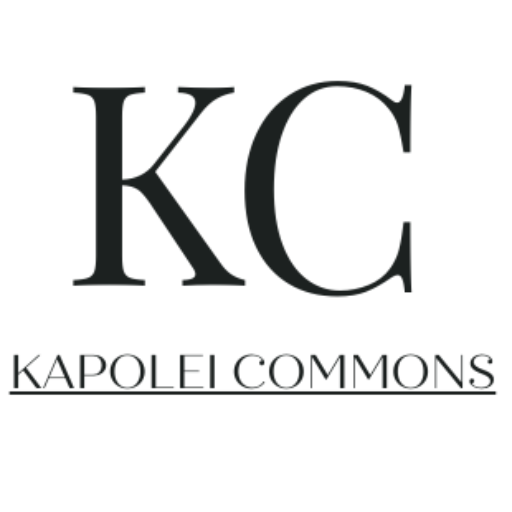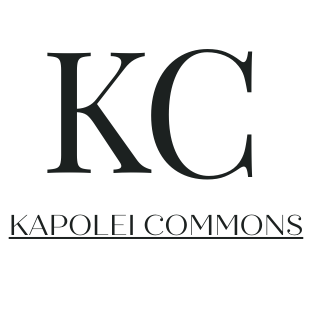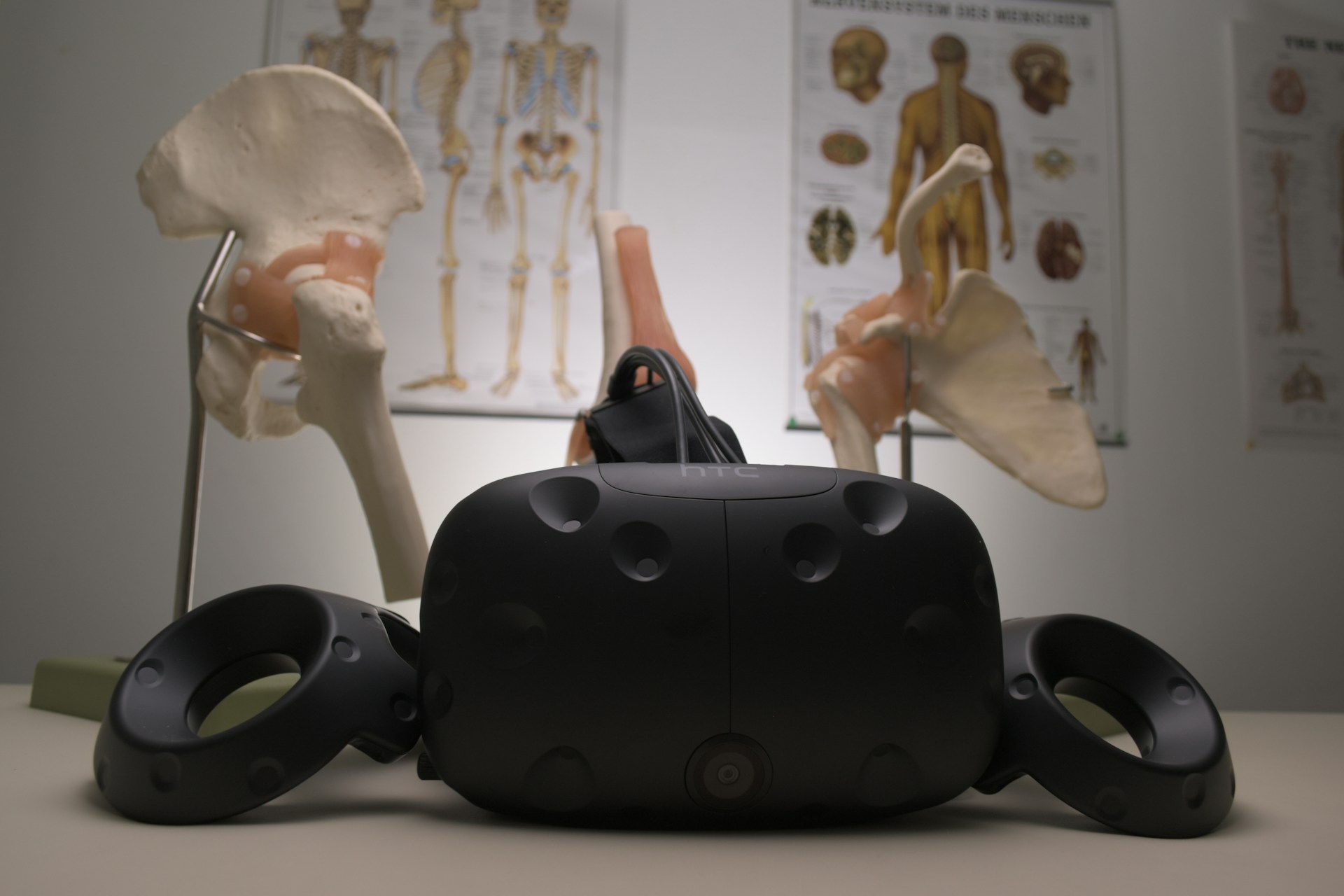In a world where millions grapple with chronic pain, finding the right path to relief is more crucial than ever.
For many, Physical Therapy (PT) offers a beacon of hope, introducing innovative methods that promise not only to alleviate pain but also to restore function and enhance quality of life.
Whether you’re recovering from an injury, managing a long-term condition, or seeking preventative care, the latest advancements in PT provide an integral approach to the management of pain.
In this post, we’ll explore cutting-edge techniques that are changing the landscape of rehabilitation, helping patients recover more efficiently and effectively.
The Power of Personalized Therapy Plans
Personalization is at the heart of modern therapy. Each patient’s needs are unique, and a tailored therapy plan can make all the difference.
By assessing individual conditions, therapists design targeted programs that address specific pain points and maximize recovery potential.
- Comprehensive Evaluation:
Each plan begins with a thorough assessment. Physical therapists evaluate your physical condition, lifestyle, and medical history to determine the most suitable methods.
This initial step ensures that the plan is tailored to your specific needs, setting the stage for effective pain management.
- Adaptive Techniques:
As therapy progresses, adjustments are made based on your response to treatment. Innovations in monitoring and evaluation enable therapists to adapt techniques quickly, ensuring continuous improvement.
This dynamic approach keeps patients engaged and motivated throughout their journey.
- Outcome Measurement:
Regular assessments track progress and effectiveness. By measuring outcomes, therapists can identify what works best and refine strategies accordingly.
This results-driven methodology showcases the tangible benefits of personalized therapy plans.
Innovative Manual Therapy Techniques
Manual therapy plays a vital role in PT, offering hands-on techniques that facilitate healing and pain relief. Innovative approaches have emerged, enhancing traditional methods with a fresh perspective.
- Joint Mobilization:
This technique involves gentle pressure and movement to improve joint function. It is particularly beneficial for patients with limited mobility or stiffness, helping to restore normal movement patterns and reduce discomfort.
- Soft Tissue Manipulation:
Targeting muscles, ligaments, and fascia, soft tissue manipulation eases tension and promotes blood flow.
This approach not only alleviates pain but also supports muscle recovery and flexibility, crucial elements of effective rehabilitation.
- Myofascial Release:
Focusing on the fascia, myofascial release addresses restrictions and knots that cause pain. By applying sustained pressure, therapists can release tension and enhance overall mobility, providing significant relief for chronic pain sufferers.
The Role of Technology in Rehabilitation
Technology is reshaping the way physical therapists approach the management of pain. From digital tools to advanced equipment, technology enhances the efficiency and effectiveness of treatment methods.
- Biofeedback Devices:
These devices provide real-time data on muscle activity, helping patients understand their movements and adjust as needed.
Biofeedback empowers patients to take control of their rehabilitation, fostering active participation in their recovery process.
- Virtual Reality (VR):
VR introduces immersive environments that facilitate exercises. This innovative tool makes therapy more engaging and enjoyable, encouraging consistent participation while offering a distraction from pain.
- Laser Therapy:
Utilizing low-level lasers, this technique stimulates cellular activity, reducing inflammation and promoting tissue repair.
Laser therapy is particularly effective for soft tissue injuries and has become a popular adjunct to traditional therapy methods.
Holistic Approaches to Pain Management
A holistic approach considers the whole person, incorporating physical, emotional, and lifestyle factors into the treatment plan. This comprehensive perspective enhances the effectiveness of PT.
- Mind-Body Practices:
Techniques such as yoga, meditation, and tai chi complement therapy by promoting relaxation and mental well-being. These practices reduce stress, which can exacerbate pain, and encourage a balanced lifestyle.
- Nutritional Guidance:
Proper nutrition supports the body’s natural healing processes. Therapists often collaborate with nutritionists to advise on diet plans that promote recovery and reduce inflammation, further enhancing the benefits of therapy.
- Integrative Medicine:
Combining traditional and alternative therapies, integrative medicine offers a well-rounded approach to the management of pain.
Acupuncture, massage, and chiropractic care are examples of complementary treatments that can be integrated with therapy for optimal results.
Empowering Patients Through Education
Education empowers patients, providing them with the knowledge and skills needed to manage their pain independently. Physical therapists play a crucial role in this educational process.
- Self-Management Techniques:
Teaching patients how to manage their pain through exercises and lifestyle changes fosters independence.
Simple strategies, such as stretching routines or posture correction, can have a significant impact on daily comfort and long-term outcomes.
- Pain Science Education:
Understanding the mechanisms of pain helps patients cope more effectively. By demystifying the pain experience, therapists can reduce fear and anxiety, encouraging patients to engage more fully in their rehabilitation.
- Community Support:
Connecting patients with support groups or communities encourages shared experiences and learning. Peer support provides motivation and reassurance, enhancing the overall experience.
Harnessing the Power of Exercise Therapy
Exercise therapy is a fundamental component of therapy, promoting strength, flexibility, and endurance. Innovative exercise programs are tailored to individual needs, facilitating effective pain relief.
- Functional Movement Training:
Focusing on movements that mimic daily activities, functional training improves strength and coordination. This approach prepares patients for real-world tasks, enhancing their confidence and independence.
- Strengthening Programs:
Building muscle strength is crucial for supporting joints and reducing pain. Personalized strengthening exercises target specific muscle groups, addressing imbalances and promoting stability.
- Flexibility and Balance Exercises:
Improving flexibility and balance reduces the risk of falls and enhances mobility. Stretching routines and balance challenges are integral to maintaining joint health and preventing future injuries.
Conclusion: Transforming Pain into Progress
Physical therapy is a powerful tool for transforming pain into progress, offering innovative techniques that inspire hope and healing.
By tailoring approaches to individual needs, therapists facilitate effective rehabilitation, empowering patients to reclaim their lives.
Whether harnessing the latest technology or adopting a holistic approach, PT equips individuals with the tools to manage pain and enhance well-being.
To explore these groundbreaking methods further, consider consulting with professionals like The Barbell Physio, who specialize in personalized strategies.
Start your journey towards effective pain relief today and discover the potential of therapy to transform your life.



Leave a Comment